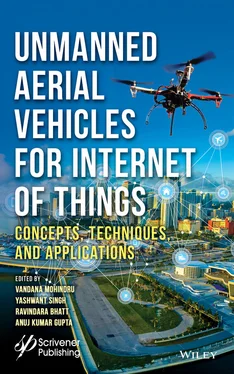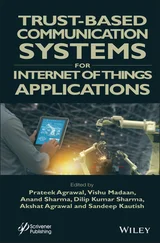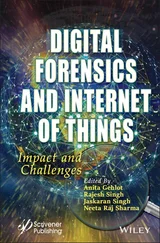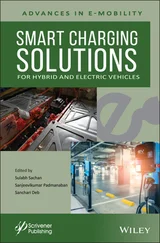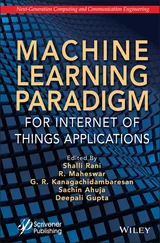1.3.1.2 Multi-Rotor Drones
Multi-rotor drones are the most heavily used drones by the professional or hobbyist for various activities and operations mainly for aerial-photography and surveillance etc. They are further classified based on the number of rotors in a platform. There is a Quadcopter having four-rotors, a Hexacopter with six-rotors, Bicopter with two-rotors, an Octocopter with eight-rotors, and Tricopter with three-rotors. Among these, Quadcopter is the heavily used variant.
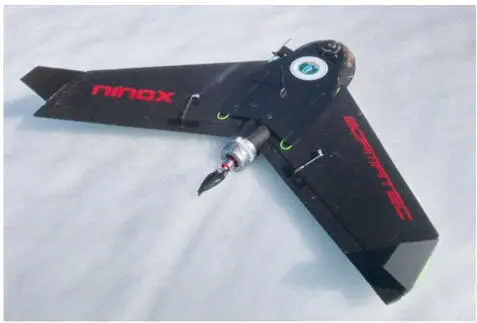
Figure 1.1Fixed-wing UAVs [33].
It is easy to manufacture and having capabilities like vertical take-off, loiter makes it suitable for many applications but like others, it also has some downsides too. The prominent ones being are its speed, limited endurance, and flying time. They are not much suitable for large-scale projects like surveillance or long-distance aerial mapping [9]. The major problem with this type of drone is that majority of their energy is spent in stabilizing themselves in the air and defying gravity. At present, most of the multi-rotor drones are powered from battery sources and are capable of 20–30 min of flying time with some exceptional cases going to 50 min. often with a payload of a lightweight camera.
1.3.1.3 Single-Rotor Drones
Single-rotor is indistinguishable in terms of design and structure from an actual helicopter. The single-rotor consists of one big-sized rotor with a smaller one on the tail of the drone to control the heading as shown in Figure 1.2. However, in terms of efficiency, they are much more efficient than multi-rotor drones. They usually have higher flying times & with gasoline or gas-powered engine, it can be increased significantly as shown in Figure 1.3. As a general rule of thumb, lower the count of rotors, lesser would be the spin of an object i.e. why quads are much stable than octocopters. In the same sense, a single rotor will be much more stable than Multirotor. However, they also have some complexity and operational risk. Their high cost and large-size blades often pose a risk of injuries, if mishandled and even involve accidents. On the other hand, multi-rotor having small blades is unlikely to cause an accident or injury although a scar is likely is mishandled but that can also be avoided with ducts which also have an extra-added advantage. Single-rotor drones also require much training and skill to fly them in the air properly.

Figure 1.2Single rotor drone [35].

Figure 1.3Types of multi-rotor drones [34].
1.3.1.4 Fixed-Wing Hybrid VTOL
This type of drone has the best of both features from rotor-based & fixedwing design. In the fix-wing hybrid, it will have a couple of rotors which will be attached at the end of wings or in the middle of wings given the wings must rotate accordingly to perform VTOL (Vertical Take-off & Landing). For e.g., the rotor will be perpendicular during take-off and attains to parallel while cruising.
These types of drones are formed from the type of aircraft that dates back to the 50s and 60s. However, implementing this type of technology to real-life was considerably difficult, and they were largely helved before they came as drones. These types of units are still in the experimental or trial stage and are less commercially available than the fixed-wing, multi-rotor, and single rotor counterparts. They are still in the military while several companies are developing them, and they may well be the wave of the future.
1.3.2 Categories of the Military Drones
UAVs in the military are classified according to their speed, range, weight & on the basis of their special capabilities. In general, drones tend to come in different shapes and sizes depending on the type of functions they serve and because military drones are top-class military tech as shown in Figure 1.4.

Figure 1.4V-22 osprey military helicopter [36].
Therefore, it is quite interesting to examine them and their various types. NATO (North Atlantic Treaty Organization) troops have different classification of drones which is as shown below [10, 16]:
(i) CLASS-I (<150 kg): Mini, small or micro drones There are various types of class-I drone which are used to execute many informational, Communicational, command, control, and computerized solutions. These types of drones are of immense importance as they provide ISTAR (Intelligence, Surveillance, Target Acquisition, and Reconnaissance). It also includes micro, mini, or small drones. Also, Flapping wing platform types drones are used here also called “Ornithopter”.
(ii) CLASS-II (150–600 kg): Tactical drones Tactical Unmanned aircraft (UA) or drones are designed explicitly to be used in Special Forces or at the battalion level. These types of UAVs have greater advantages for medium-range surveillance. They fill the space between the range of the function of the short-range micro & strategic UAVs, which is comprised of HALE (High-Altitude Long Endurance) & MALE [11] (medium-altitude Long Endurance). They have a combination of flexibility, ruggedness as well as endurance. They offer an intermediate function between that of small and strategic drones as shown in Figure 1.5. They are used in awareness and situational-analysis to offer surveillance and protection, target acquisition, and also in the evaluation of damage based on a particular given force. E.g. MQ-9 Reaper (Predator B)—Tactical Drone.
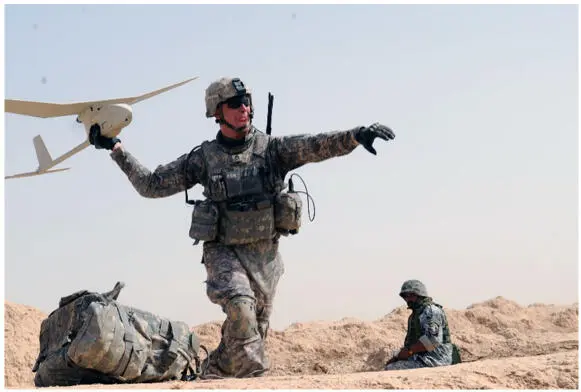
Figure 1.5RQ-11B Raven Small UAS (SUAS) [3, 37].
One of the most polished and elegant tactical ISTAR system around the world is Watchkeeper which is developed by Thales and it is the largest UAS program in the whole of Europe and it is one of the largest UAVs in Europe which is authorized to fly even in civilian airspace including urban areas.
(iii) CLASS-III (>600 kg): Strategic Drones
This class of drones comprises of MALE and HALE systems. MALE is good for reconnaissance as well as surveillance in a non-threatening area. They have a tremendous range of application, which includes determining the movement of a certain population which are not in conflict or position of the enemy. They have state of the art infrastructure & technology and are also used to accumulate the lists of targets.
Some globally acclaimed MALEs are Reaper/Predator, Anka, and Heron family of drones. Some of the few HALEs available right now are the global hawk family & triton [12].
What is a drone and how do drones work can be understood through the technologies employed in it. UAV drone technology is constantly evolving as innovation and heavy investment brings more advanced drones to the market every few months. Mostly UAV drones have similar incorporated systems.
Читать дальше
